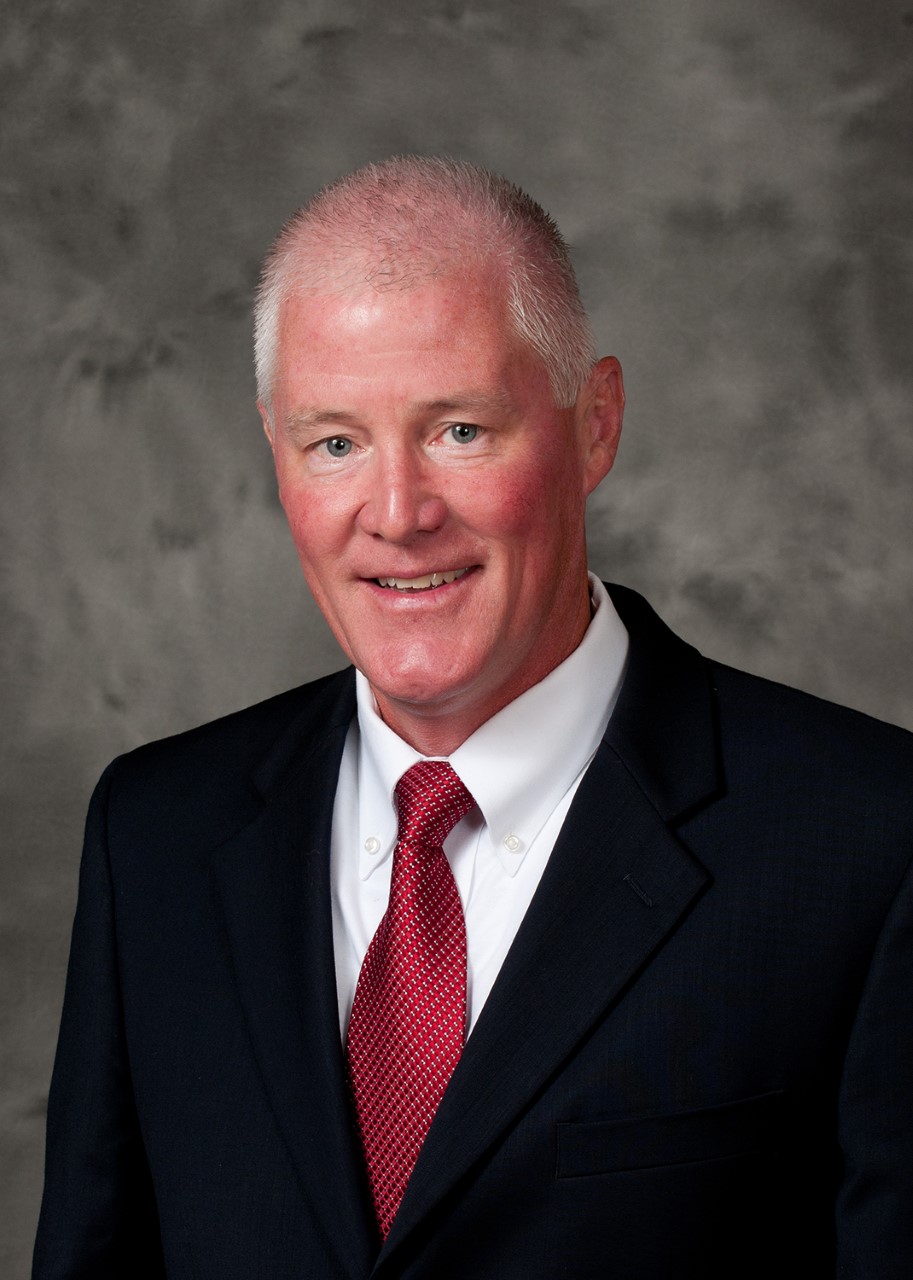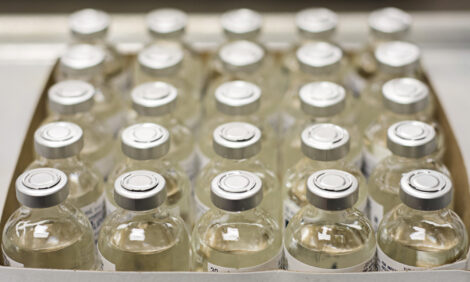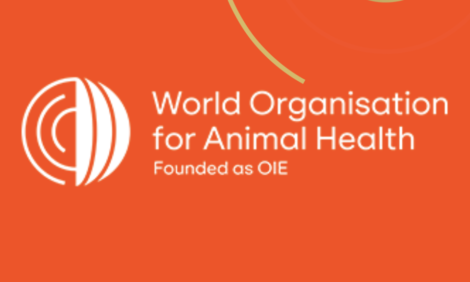



USPOULTRY executive joins ag industry effort to clean up the Chesapeake Bay watershed
Paul Bredwell, executive vice president of regulatory programs for USPOULTRY, has been selected for an additional two-year term on the Chesapeake Bay Total Maximum Daily Load (TMDL) Agricultural Workgroup.The Chesapeake Bay TMDL Agricultural Workgroup is a multi-stakeholder partnership that hopes to implement policies and programs that can reduce the pollutant loads and agricultural run-off into the Chesapeake Bay.

Encompassing 64,000 square miles, the Chesapeake Bay watershed, home to the largest estuary in the United States, lies within six states and has a population of roughly 18 million. For decades, states within the watershed have struggled to control the runoff of nitrogen, phosphorus and sediment into the surface waters that eventually flow into the Chesapeake Bay. This led to a decline in the Bay’s health and initiated a 2009 presidential Executive Order compelling the Environmental Protection Agency (EPA) to assume the lead role in establishing a six-state TMDL for nitrogen, phosphorus and sediment flowing into the Chesapeake Bay.
The effort to achieve the necessary reductions are taking place through a collaborative partnership that engage the many stakeholders that live and operative within the Bay watershed. The Agricultural Workgroup’s charge is "to provide expertise and leadership on development and implementation of policies, programs and research to reduce pollutant loads delivered from agricultural lands and animal operations to upstream waters and the Chesapeake Bay."
While the geographical features of the Chesapeake Bay are diverse and contributions of nitrogen, phosphorus and sediment originate from many different source categories, EPA and the state environmental agencies are relying heavily on the agricultural sector to implement pollution control measures to mitigate not only their own contributions but those of the other source categories.
Bredwell remarked, “Given the poultry and egg industry’s footprint within the Chesapeake Bay Watershed, we feel it is essential to participate in the process to accurately evaluate our contributions and identify ways to reduce nutrient loads to the Bay. Our industry is rooted in research and science, and it makes perfect sense to collaborate with the Chesapeake Bay partnership to enhance surface water quality within the watershed and restore the health of the Chesapeake Bay.”










